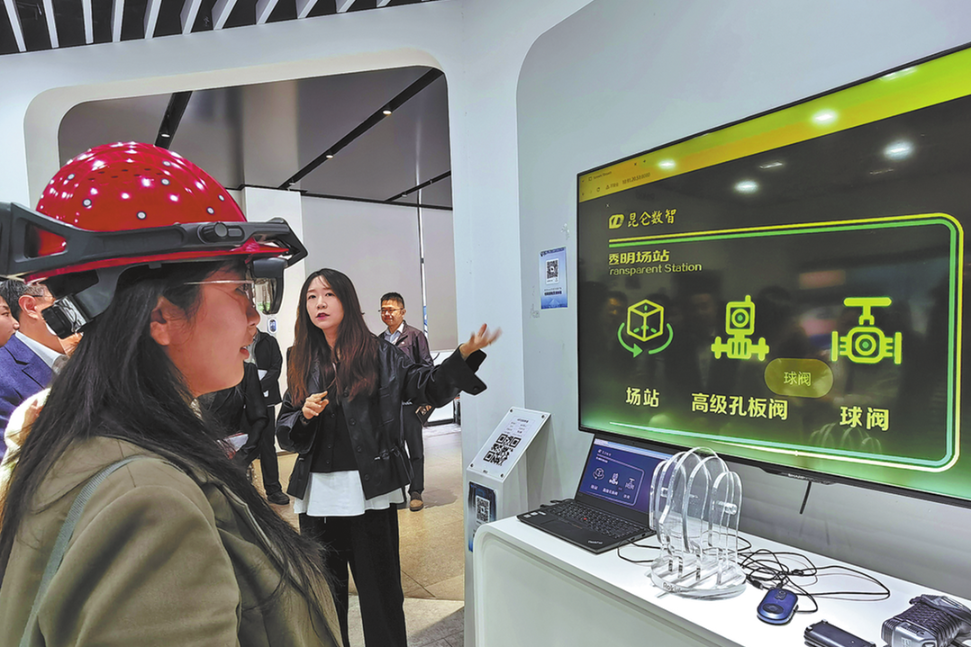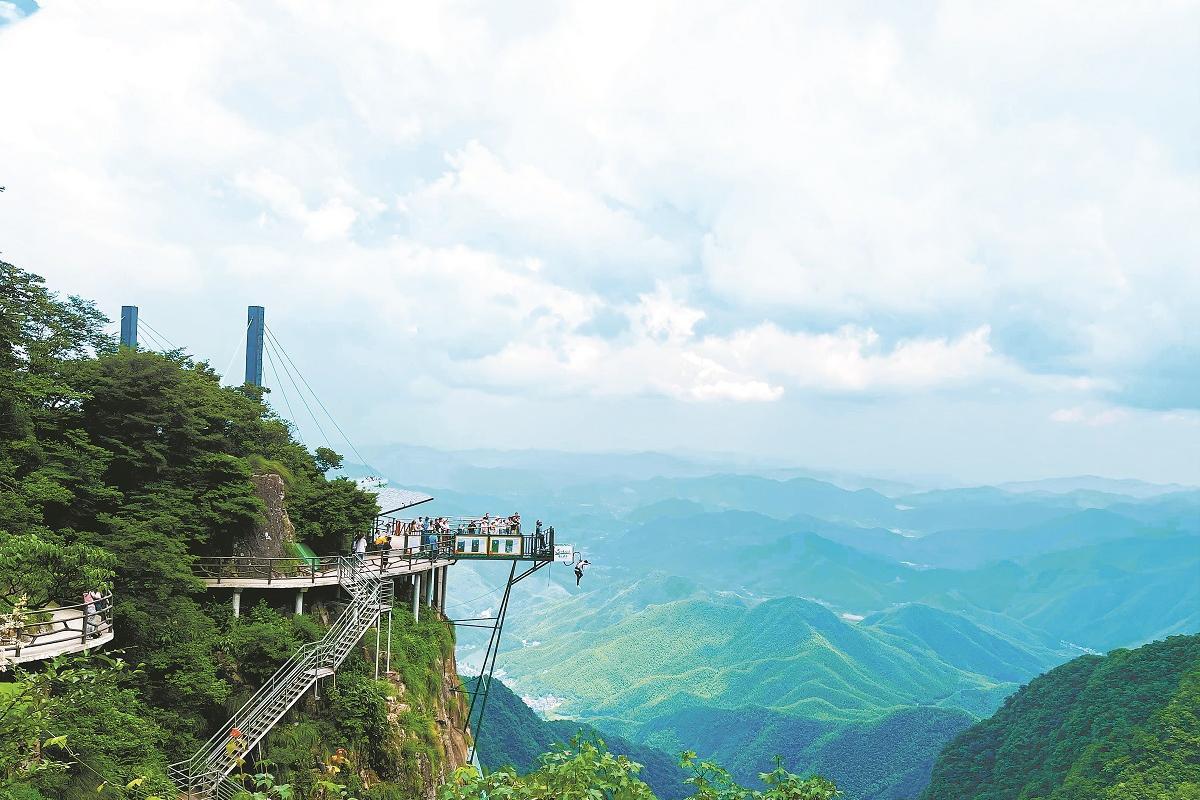Rail sector continues successful journey

Timeline
1952: The 505-kilometer Chengdu-Chongqing railway is the first line to be built after the founding of the People's Republic of China.
It is designed by Chinese engineers and constructed from domestically made materials.
1996: The Beijing-Kowloon Railway Line begins operations. The 2,553-km line is the nation's longest in terms of a single construction project, and runs through nine provinces and municipalities on the Chinese mainland before connecting with the railway network in Hong Kong.
2006: Opening of the 1,956-km Qinghai-Tibet Railway, the world's highest and longest plateau railroad and also the first to connect the Tibet autonomous region with other parts of China.
2008: China's first high-speed rail line begins operations. The line-which connects Beijing and the northern port city of Tianjin with a journey time of about 30 minutes-is the first in the world to boast passenger trains running at 350 km per hour.
2011: The Beijing-Shanghai high-speed railway, currently China's busiest bullet train line, begins operations.
2017: The Fuxing fleet of bullet trains, made with wholly Chinese-developed core technologies, debuts on the Beijing-Shanghai line.
The trains boast a top speed of 400 km/h and can run at a consistent speed of 350 km/h.
2018: The Guangzhou-Shenzhen-Hong Kong high-speed railway opens.
The line offers direct services between Hong Kong and 58 destinations on the mainland.
























